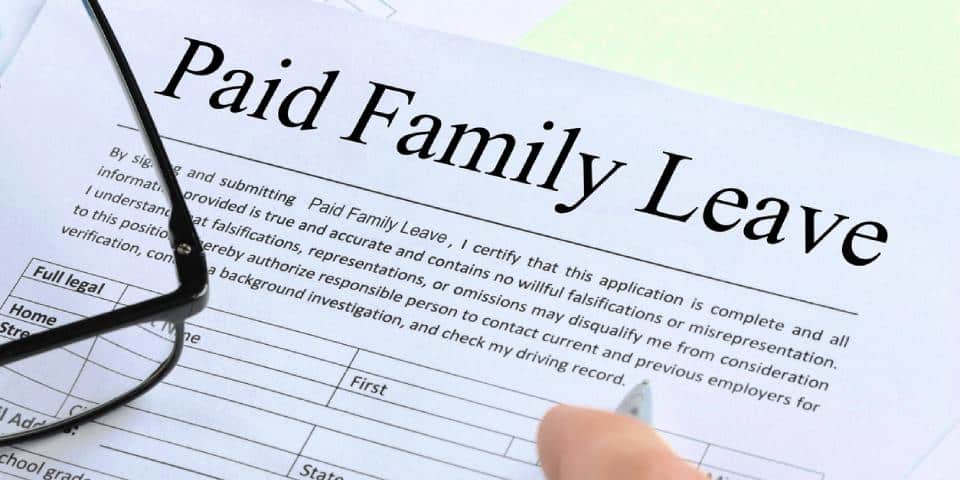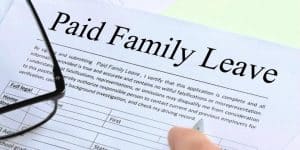Updated October 28, 2023
Everything You Need to Know About FMLA Leave
The Family and Medical Leave Act (FMLA) is a federal law that provides eligible employees with job-protected leave for various family and medical reasons. Understanding the qualifying conditions for FMLA leave is crucial to ensure you can take the necessary time off work without jeopardizing your job security. In this comprehensive guide, we will explore the different reasons employees may take FMLA leave and provide you with the information you need to navigate this important employment benefit.
Eligibility for FMLA Leave
To be eligible for FMLA leave, you must meet certain criteria. These eligibility requirements include:
Working for a covered employer: The FMLA applies to private-sector employers with 50 or more employees, public agencies, and local educational agencies. You must be employed by one of these covered employers to qualify for FMLA leave.
Length of employment: You must have worked for your employer for at least 12 months to be eligible for FMLA leave. These 12 months of employment do not need to be consecutive, except in cases of military service or governed by a collective bargaining agreement.
Hours worked: During the 12 months prior to the start of your FMLA leave, you must have worked at least 1,250 hours. This requirement ensures that you have a sufficient employment history with the employer.
Proximity to other employees: You must work at a location where the employer has at least 50 employees within a 75-mile radius. This provision ensures that FMLA protections are available to employees in larger organizations.
Qualifying Reasons for FMLA Leave
FMLA leave can be taken for a variety of reasons, including:
1. Birth and Bonding
If you are a new parent, FMLA leave allows you to take time off work for the birth of your child and to bond with your newborn. Both mothers and fathers are entitled to take FMLA leave for this purpose. The FMLA provides up to 12 weeks of unpaid leave within a 12-month period for birth and bonding.
2. Adoption or Foster Care Placement
FMLA leave can also be used when a child is placed with you for adoption or foster care. This includes both the actual placement of the child and the period leading up to the placement. FMLA leave for adoption or foster care placement must be taken within 12 months of the placement.
3. Serious Health Condition of the Employee
If you have a serious health condition that makes you unable to work, you may be eligible for FMLA leave. A serious health condition is defined as an illness, injury, impairment, or physical or mental condition that requires inpatient care or continuing treatment by a healthcare provider. FMLA leave can be taken for your own serious health condition, and it includes both continuous and intermittent leave.
4. Care for a Family Member with a Serious Health Condition
FMLA leave can also be used to care for a family member with a serious health condition. Eligible family members include children, spouses, and parents. To qualify for FMLA leave to care for a family member, the family member must have a serious health condition that requires care or assistance.
5. Qualifying Exigency leave for Military Families
FMLA leave is available for qualifying exigencies related to a family member’s military service. Qualifying exigencies may include attending military ceremonies and briefings, making childcare arrangements, and spending time with a military member on Rest and Recuperation leave.
6. Military Caregiver leave
In certain situations, FMLA leave can be taken to care for a covered servicemember with a serious injury or illness. This type of leave is known as military caregiver leave and provides up to 26 weeks of unpaid leave in a single 12-month period.
How to Take FMLA Leave
To take FMLA leave, you must follow the proper procedures and provide the necessary notice to your employer. Here are the key steps to take when requesting FMLA leave:
Notify your employer: When you need to take FMLA leave, you must notify your employer as soon as practicable. If the need for leave is foreseeable, such as in the case of a scheduled surgery, you should provide at least 30 days’ notice. If the need for leave is unforeseeable, you should provide notice as soon as possible.
Certification of the need for leave: Your employer may require you to provide certification from a healthcare provider to support your need for FMLA leave. The certification should include information about the serious health condition, the need for leave, and the expected duration of the condition.
Designation of FMLA leave: Once your employer receives your notice and certification, they must determine whether your leave qualifies for FMLA protection. Your employer should notify you within five business days of your eligibility and whether your leave will be designated as FMLA leave.
Duration of FMLA leave: FMLA leave can last up to 12 workweeks within a 12-month period, depending on the qualifying reason for the leave. It’s important to keep track of your FMLA leave and communicate with your employer about any changes or extensions needed.
Protecting Your Rights Under FMLA
As an employee, it’s essential to understand your rights and protections under the FMLA. Here are some important considerations to keep in mind:
State Laws
In addition to the federal FMLA, some states have their own family and medical leave laws. These state laws may provide additional protections or benefits, so it’s important to familiarize yourself with the specific laws in your state.
Retaliation Protections
The FMLA prohibits employers from interfering with an employee’s exercise of FMLA rights or retaliating against an employee for taking FMLA leave. If you believe your employer has violated your FMLA rights, you have the right to file a complaint with the appropriate regulatory agency or consult with an employment law attorney.
Enforcement and Remedies
The Wage and Hour Division is responsible for administering and enforcing the FMLA for most employees. If your employer violates the FMLA, you may be entitled to remedies such as lost wages, reinstatement, and attorney’s fees.
Conclusion
FMLA leave provides important protections for employees who need time off work for family and medical reasons. By understanding the qualifying conditions and following the proper procedures, you can ensure that you take advantage of this valuable employment benefit. If you have any questions or concerns about FMLA leave, it’s recommended to consult with an FMLA law attorney who can provide personalized advice based on your specific situation. Remember, your rights matter, and the FMLA is here to protect them.
Call Setyan Law at (213)-618-3655 for a consultation.





